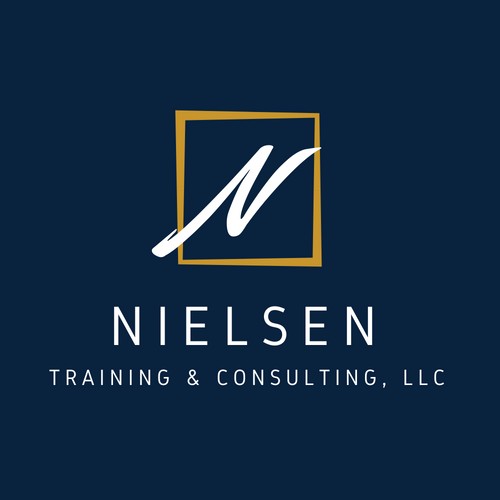4 Lessons Learned From the Paycheck Protection Program (So Far!)
Over the past few weeks, I have advised many nonprofit leaders as they considered and applied for the Paycheck Protection Program (PPP) created by the CARES Act. As a newly created forgivable loan program, we have all learned a great deal during this process. With the announcement from the Small Business Administration (SBA) that appropriated funds for the program have been exhausted, I thought it would be a good time to pause and reflect on lessons learned so far from the PPP process that might help nonprofits if and when the program reopens.
1 Prepare.
The single most important factor in getting nonprofits approved under the PPP in a timely fashion is preparation. While the PPP application itself is straightforward, and can be completed online in a matter of minutes, preparing to file the application requires the gathering of appropriate documentation, and attention to detail. Nonprofit leaders should ensure they have the following supporting documentation when applying (where available):
Salary and Wage Information:
Company w-2s, quarterly form 941 filings, or payroll company reports
Employer Tax Contributions: Forms or payroll reports documenting employer state and local tax contributions
Employer Benefit Contributions: Group health insurance plan invoices Retirement plan contribution reports
2. Obtain Board Approval.
At its most basic level, the PPP is a loan program from the federal government administered through individual banks. While the program provides opportunities for all or a portion of the loan amount to be forgiven, nonprofits must understand and accept that any portion not forgiven will be treated as a loan that must be repaid. It is recommended that nonprofit leaders secure Board approval to apply for the loan, and some banks may even request proof through a Board resolution.
3. Select your bank wisely.
There is no way to sugarcoat this -- the bank applicants choose to apply through unquestionably matters. Countless nonprofit leaders have experienced the frustration of broken online portals, lack of responsiveness, repeated requests for the same information already provided. Though it may be an overgeneralization, I have found that smaller, local banks have fared far better in submitting applications in a times fashion, securing approval, and disbursing funds than large mega-banks. Also, while many banks require the organization to have an existing banking relationship in order to apply, that is not universally the case. Banks accepting applications from non-account holders include:
Nonprofits may also consider applying through Paypal, Intuit, Square, and others.
4. Be meticulous in recordkeeping.
As mentioned earlier, the loan obtained under the PPP may be forgiven if specific conditions are met. While we know what the law says about the amounts that can be forgiven, the rules regarding the forgiveness process have yet to be published. Nevertheless, just as preparation was a key to a successful application, I fully expect meticulous recordkeeping to be a key to a successful request for loan forgiveness. Nonprofits should keep all receipts for amounts paid using loan funds, write hard checks where possible, keep all invoices, and be prepared to produce accurate payroll reports substantiating the use of the loan funds.
While we all await Congressional action relative to funding the PPP, it is my hope these tips provide guidance for you and your organization if and when the PPP again begins funding nonprofits. As always, Nielsen Training & Consulting is here to keep you informed, answer your questions, and partner with you.

